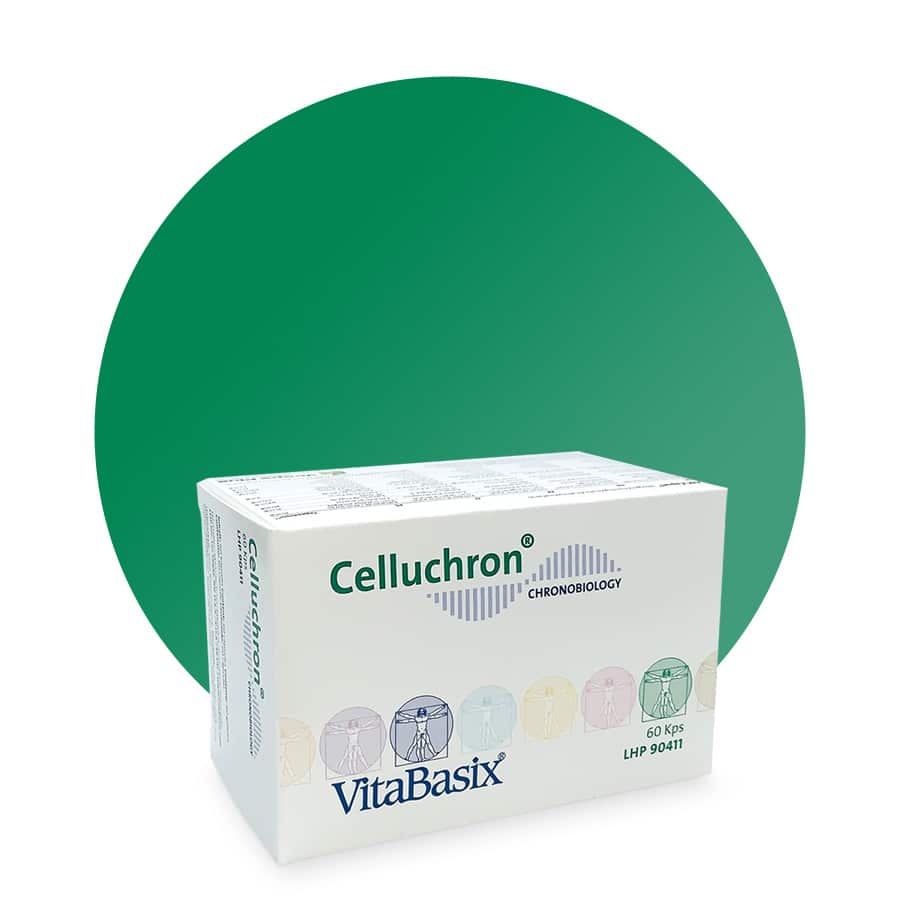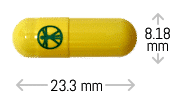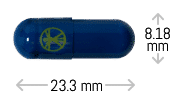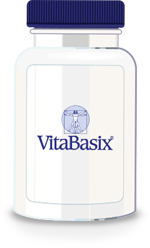Cellulite is caused by the enlargement of subcutaneous fat islands to 60 to 100 times their size. Each of these fat islands consists of many fat cells embedded in a network of connective tissue. If the fat cells inflate and the connective tissue decreases, this leads to a puffy skin with a structure very similar to an orange peel.
Pre-disposition to cellulite is determined by various factors such as gender (few men have cellulite), age, diet and lifestyle. Too much sitting and too little exercise, smoking, fast food diet and too tight-fitting clothes also contribute to cellulite formation. Genetic factors that influence the development of cellulite have also been identified. Hormones, especially the lack of androgens, further contribute to the development of cellulite.
The annoying “bumps” associated with cellulite are usually found in the subcutaneous areas of the buttocks, hips and thighs, but less commonly in the upper arms, knees and abdomen. Ideally, the body converts fats into energy when needed so that fat storage and metabolism are optimally balanced, although this metabolism is also often subject to everyday fluctuations in the concentration of glucose and fatty acids.
The appearance of cellulite can only be improved if the absorption, transport and conversion (cell metabolism) of the fats in the problem areas are improved. Excess fat must be broken down and metabolised and the structure of the connective tissue must be maintained or, if necessary, rebuilt.
There are additional considerations specific to ageing when it comes to the accumulation of cellulite. As the body ages, the building structures that support the skin change. The connective tissue fibres become thinner and the skin loses elasticity. Every decade, an adult woman’s body loses five pounds of muscle and connective tissue and replaces this with up to 15 pounds of fat. Because fat is much softer, it does not provide the firmness the skin needs for optimal appearance, and cellulite becomes visible. In old age, the skin noticeably loses fatty tissue again, the cellulite disappears, but the skin is wrinkled because the firming connective tissue is still missing.
Specific micronutrients, as well as certain botanicals, can help break this vicious cycle by promoting circulation, reducing fat deposits, tightening connective tissue and thus helping to protect the skin from the inside out.
These include, among others:
Citrus aurantium: This traditional Chinese medicinal plant has great potential and can help maintain normal fat metabolism.
Hawthorn: This plant, rich in bioflavonoids, can both support the circulation and promote purification by increasing water excretion. The leaves, flowers and ripe fruits can be used.
Asparagus root: Similar to hawthorn, this plant can also have a diuretic effect and thus contribute to purification.
Bladderwrack: The ingredients found in this brown alga have been used for thousands of years to maintain a normal body weight. Bladderwrack is rich in iodine, zeaxanthin and polyphenols. Bladderwrack can have a stimulating and invigorating effect.
Ginkgo Biloba: The flavonoids and terpenoids extracted from the mature seeds of a tree species native to China can help protect against cell damage and promote blood circulation in the skin.
Horse chestnut: This traditional folk remedy, which is particularly effective, can help to maintain the circulatory system while relieving the swelling of the fatty islands associated with cellulite.
Centella asiatica: Also known as Indian pennywort. The substances of the plant can have a number of positive effects on the skin, fat metabolism and blood circulation in the tissues.
Other micronutrients and phytochemicals include chromium, iron, vitamins C and E, papaya, pineapple, java tea, red clover and ginger.



 Chronobrands
Chronobrands




Reviews
There are no reviews yet.